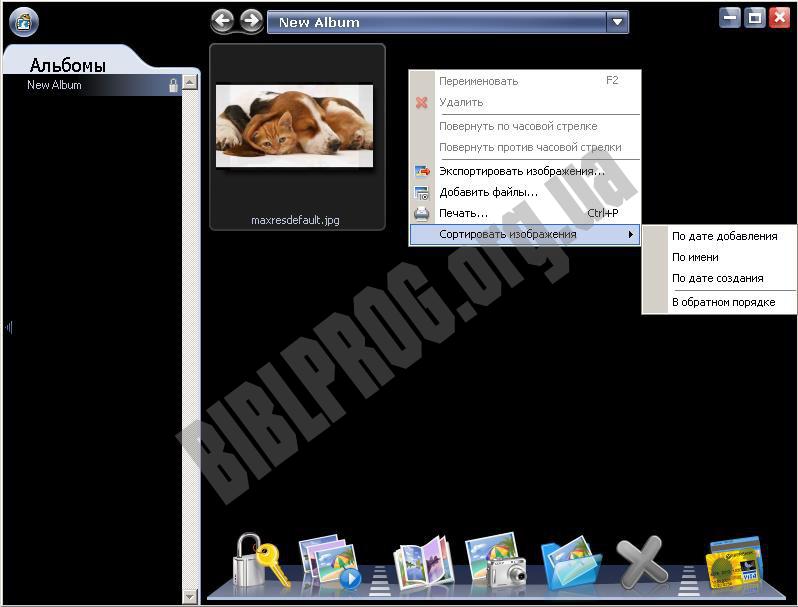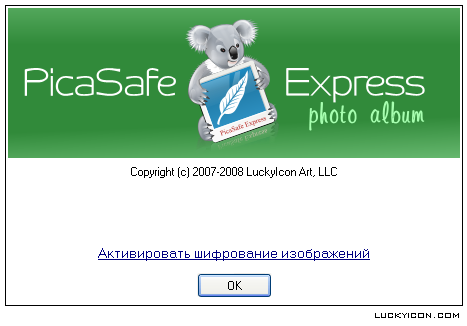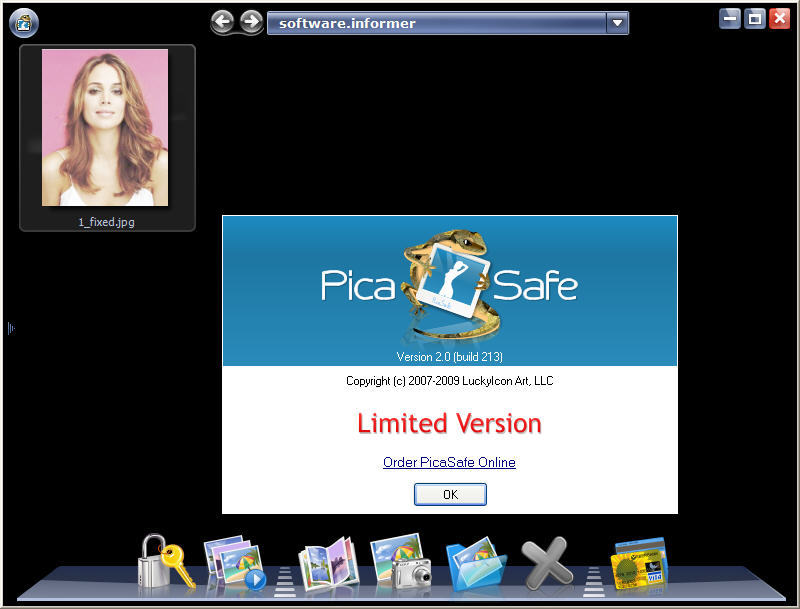
The risk of ingesting harmful substances and the consequences associated with that are significantly increased. How do we assess the level of risk associated with Pica?Ī diagnosis of Pica suggests that there are additional risks that need to be considered.

This is also important if the individual begins to display any more signs and symptoms or they get worse as they could have caused damage internally or have a coexisting deficiency like anaemia. It is possible your doctor may conduct further tests such as a blood test to rule out other possibilities such as anaemia, iron or zinc deficiency.Įnsure that they are seen by a doctor when these behaviours start for an accurate diagnosis and also to avoid misdiagnosing. The behaviour causes damage to health, impairment in functioning, or significant risk due to the frequency, amount or nature of the substances or objects ingested.” (World Health Organization, 2018). The ICD-11 characterises Pica as “the regular consumption of non-nutritive substances, such as non-food objects and materials (e.g., clay, soil, chalk, plaster, plastic, metal and paper) or raw food ingredients (e.g., large quantities of salt or corn flour) that is persistent or severe enough to require clinical attention in an individual who has reached a developmental age at which they would be expected to distinguish between edible and non-edible substances (approximately 2 years). In the UK, the ICD-11 is used to guide practitioners on diagnosing Pica. This information is important to understand patterns of behaviour and the risk associated. If you notice any behaviours related to Pica it is important to keep a diary of the types of items that are being consumed, quantity, and times the behaviour occurs. Pica can only be formally diagnosed by a doctor.


The prevalence of Pica in autism is estimated to be between 0.3% - 25.8% (Ali, 2001 Ashworth et al., 2009). Pica is much more common in those with developmental and behavioural disorders, in particular autism compared to the general population.

Pica refers to eating or mouthing inedible and inappropriate items such as clothing, faeces, dirt, metal and stones. Pica is a serious eating disorder, which can be life threatening if left unmanaged. This help sheet aims to provide you with information about Pica what it is, why some people with autism have a diagnosis of Pica, the risks associated with Pica, and outlines some of the support strategies that can be used. A review by Matson and his colleagues (2013) reports the prevalence of Pica to be between 4 and 26%, however there are significant numbers of cases that are not reported and so it is likely that the actual prevalence of Pica is higher. It is not unusual for somebody on the autism spectrum to have additional diagnoses related to other conditions.


 0 kommentar(er)
0 kommentar(er)
